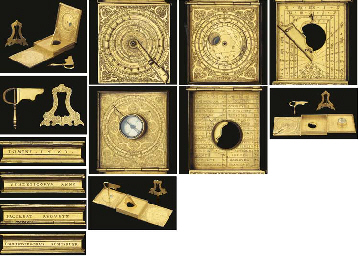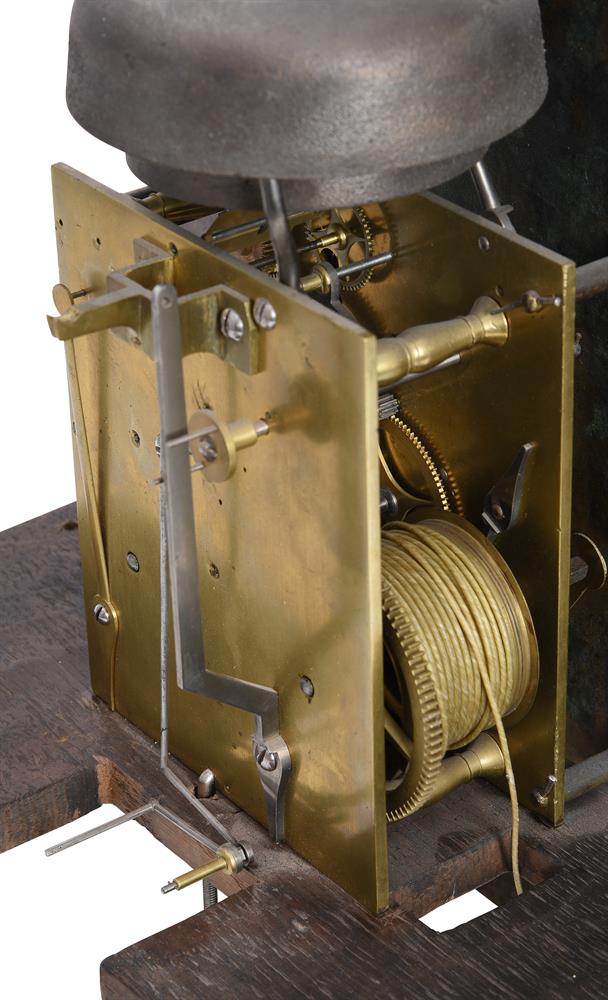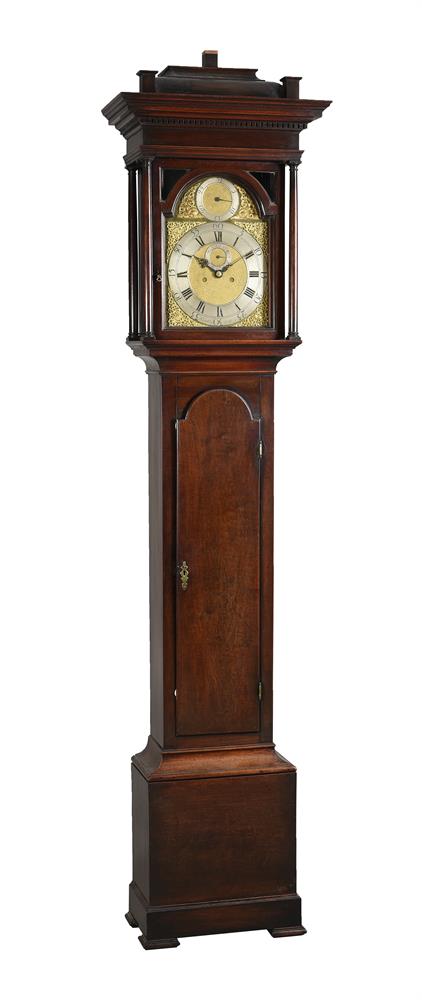A particularly fine Second World War Dieppe raid D.S.M. awarded to Engineman R. G. Towell, Royal Navy, who came under heavy fire while manning a landing craft charged with the delivery of No. 3 Commando - Peter Young the Commando’s second-in-command, described his flotilla’s en route encounter with an escorted enemy convoy as ‘very frightening - far more so than any land battle I ever saw before or since’, while Towell’s subsequent experiences on “Yellow 1” beach were undoubtedly of an equally hair-raising nature Distinguished Service Medal, G.VI.R. (KX. 114175 R. G. Towell, Engn.), one or two minor edge bruises, good very fine £5000-6000 Footnote D.S.M. London Gazette 2 October 1942. The original recommendation for an immediate award states: ‘For coolness and devotion to duty under heavy enemy fire both in the engagement with the convoy and on the beach. This is the second raid when he has shown the above qualities’. Robert George Towell, a member of the Royal Naval Patrol Service, was decorated for the above cited deeds as a crew member of L.C.P. (L.) 1. Moreover, since the recommendation cites an engagement with an enemy convoy, there can be no doubt that Towell’s Landing Craft Personnel (Light) - otherwise known to the Commandos as a “Eureka” - was in fact one of 23 such craft assigned to “Group 5” and “Yellow 1” beach at Berneval and “Yellow 2” beach at Belleville, both just to the east of Dieppe - the whole charged with the disembarkation of No. 3 Commando and some U.S. Rangers. As it transpired, “Group 5” was cut to pieces even before the coast hove into view. John Mellor’s Dieppe Raid takes up the story: ‘Suddenly at 3.50 a.m. Group 5 was nakedly exposed in an artificial daylight created by star shells bursting overhead. About half a mile off the port bow, five motor vessels were approaching; they were escorted by two submarine chasers and a minesweeper. This was the German convoy en route from Boulogne to Dieppe that the British Admiralty had detected by radar. The tiny L.C.Ps were built entirely of wood, which afforded no protection whatsoever against bullets or shrapnel. They were capable of transporting 25 soldiers plus a naval crew of three. Their armament was a solitary Lewis gun, and their top speed was 9 knots. Obviously they had not been designed to fight a sea battle ... ’ Indeed one N.C.O. later voiced the opinion that the L.C.Ps were so flimsy that ‘a rifle bullet would go right through about ten of them’. And Peter Young’s eye-witness account of the incident in Storm From the Sea leaves no doubt as to the ferocious nature of the “firefight” that ensued: ‘At 3.47 a.m., when we were still about an hour’s run from the coast, a starshell went up on our port bow illuminating the group. Immediately a heavy fire was opened on us; 3 and 4-inch ack-ack guns and machine-guns poured a stream of shells and tracer into the flotilla, while further star shells lit up the sky. It was by far the most unplesant moment of my life. Five enemy craft were converging on us. It seemed impossible that our wooden landing-craft could survive more than a few minutes. The tracer seemed to come swooping straight at us. In a few minutes we would be dead and there was absolutely nothing we could do about it. We crawled upon the face of the ocean, and always nearer to the deadly line of enemy ships. It was certainly very frightening - far more so than any land battle I ever saw before or since.’ But for the extremely gallant actions of a Steam Gun Boat (S.G.B.) crew from Newhaven - from whence “Group 5” had earlier set sail - it is likely a complete massacre would have ensued. But by means of drawing the enemy’s fire, S.G.B 5 afforded the vulnerable L.C.Ps an opportunity to flee, albeit with consequent loss. John Mellor continues: ‘Group 5 had been decimated and scattered. Out of a total of 23 L.C.Ps that had set out of Newhaven, four did not reach the scene of the encounter due to engine trouble and had to return to England. Of the rema
A particularly fine Second World War Dieppe raid D.S.M. awarded to Engineman R. G. Towell, Royal Navy, who came under heavy fire while manning a landing craft charged with the delivery of No. 3 Commando - Peter Young the Commando’s second-in-command, described his flotilla’s en route encounter with an escorted enemy convoy as ‘very frightening - far more so than any land battle I ever saw before or since’, while Towell’s subsequent experiences on “Yellow 1” beach were undoubtedly of an equally hair-raising nature Distinguished Service Medal, G.VI.R. (KX. 114175 R. G. Towell, Engn.), one or two minor edge bruises, good very fine £5000-6000 Footnote D.S.M. London Gazette 2 October 1942. The original recommendation for an immediate award states: ‘For coolness and devotion to duty under heavy enemy fire both in the engagement with the convoy and on the beach. This is the second raid when he has shown the above qualities’. Robert George Towell, a member of the Royal Naval Patrol Service, was decorated for the above cited deeds as a crew member of L.C.P. (L.) 1. Moreover, since the recommendation cites an engagement with an enemy convoy, there can be no doubt that Towell’s Landing Craft Personnel (Light) - otherwise known to the Commandos as a “Eureka” - was in fact one of 23 such craft assigned to “Group 5” and “Yellow 1” beach at Berneval and “Yellow 2” beach at Belleville, both just to the east of Dieppe - the whole charged with the disembarkation of No. 3 Commando and some U.S. Rangers. As it transpired, “Group 5” was cut to pieces even before the coast hove into view. John Mellor’s Dieppe Raid takes up the story: ‘Suddenly at 3.50 a.m. Group 5 was nakedly exposed in an artificial daylight created by star shells bursting overhead. About half a mile off the port bow, five motor vessels were approaching; they were escorted by two submarine chasers and a minesweeper. This was the German convoy en route from Boulogne to Dieppe that the British Admiralty had detected by radar. The tiny L.C.Ps were built entirely of wood, which afforded no protection whatsoever against bullets or shrapnel. They were capable of transporting 25 soldiers plus a naval crew of three. Their armament was a solitary Lewis gun, and their top speed was 9 knots. Obviously they had not been designed to fight a sea battle ... ’ Indeed one N.C.O. later voiced the opinion that the L.C.Ps were so flimsy that ‘a rifle bullet would go right through about ten of them’. And Peter Young’s eye-witness account of the incident in Storm From the Sea leaves no doubt as to the ferocious nature of the “firefight” that ensued: ‘At 3.47 a.m., when we were still about an hour’s run from the coast, a starshell went up on our port bow illuminating the group. Immediately a heavy fire was opened on us; 3 and 4-inch ack-ack guns and machine-guns poured a stream of shells and tracer into the flotilla, while further star shells lit up the sky. It was by far the most unplesant moment of my life. Five enemy craft were converging on us. It seemed impossible that our wooden landing-craft could survive more than a few minutes. The tracer seemed to come swooping straight at us. In a few minutes we would be dead and there was absolutely nothing we could do about it. We crawled upon the face of the ocean, and always nearer to the deadly line of enemy ships. It was certainly very frightening - far more so than any land battle I ever saw before or since.’ But for the extremely gallant actions of a Steam Gun Boat (S.G.B.) crew from Newhaven - from whence “Group 5” had earlier set sail - it is likely a complete massacre would have ensued. But by means of drawing the enemy’s fire, S.G.B 5 afforded the vulnerable L.C.Ps an opportunity to flee, albeit with consequent loss. John Mellor continues: ‘Group 5 had been decimated and scattered. Out of a total of 23 L.C.Ps that had set out of Newhaven, four did not reach the scene of the encounter due to engine trouble and had to return to England. Of the rema





/115888/Internet%20Image%201.jpg)
/112196/Internet%20Image%201.jpg)

/56149/Internet%20Image%201.jpg)
/87194/Internet%20Image%201.jpg)


/121417/Internet%20Image%201.jpg)
/98328/Internet%20Image%201.jpg)
/72443/Internet%20Image%201.jpg)
Try LotSearch and its premium features for 7 days - without any costs!
Be notified automatically about new items in upcoming auctions.
Create an alert